If you’ve ever flown across the United States, then you’ve most likely observed center pivot irrigation.
Center pivot irrigation is the cause for the green or brown circles or half-circles that you noticed on the earth below. This type of crop watering system has been very effective at creating valuable farmland out of previously unusable dry or even desert ground.
Center Pivot Irrigation – What Is It?
Irrigation is simply providing water to crops on a regular basis.
Center pivot irrigation begins with a water source, usually in the center of a field. This source can be a well, canal, or other consistent water supply. From the water source, pipes or hoses allow the water to be transported through trusses along the entire length of a field. The trusses hold the pipes up off the ground and over the plants growing beneath.
The trusses are connected with wheeled supports, which allow the pivot to move slowly around the field.
To illustrate, you might picture a wire spoke from a bicycle wheel. The water source is at the hub, or center, of the spoke, and the spoke itself moves around the hub.
Sprinkler heads then spray or sprinkle the growing crops from the trusses, or from hoses that dangle below the trusses just a few inches above the plants.
Benefits of Center Pivot Irrigation
Two important benefits of pivot irrigation are that crops receive regular, consistent water, and that water evaporation and wind drift are greatly reduced.
Gardeners know that plants need regular, deep watering to produce healthy fruits. Watering deeply encourages the plant roots to sink deeply into the ground. This in turn produces plants that are strong and sound. Deep roots allow plants to take advantage of vitamins and minerals located deep within the soil.
The same is true for crops raised on a large scale. Pivot irrigation allows the farmer to determine how much water the plants receive, as well as how often the plants receive that water.
A typical pivot will make a complete rotation every 3 days, giving the water time to soak into the soil. The soil is allowed to dry out between watering so that crops do not stand in water, which can kill them.
A second benefit to center pivot irrigation is that water loss is minimized.
Particularly in dry areas, water evaporation and wind drift can result in a major loss of water to crops.
For example, in the high plains where strong winds are common, wind drift can prevent water from reaching the plants on the ground. Also, warm dry air will cause water to evaporate at a much higher rate than other places.
Center pivot irrigation allows water to be spot-directed. The hoses that dangle just a few inches above the plants makes sure that the vast majority of available moisture reaches the plants and is not lost to evaporation. This results in water conservation.
Electric Drive Versus Hydrostatic Drive
There are five major providers of center pivot irrigation supplies and technology. These are T-L Irrigation, Valley (also known as Valmont Irrigation), Raintex Irrigation, Reinke and the Lindsay Corporation.
T-L Irrigation is the only company manufacturing hydrostatic equipment, which is where the pivot is powered by water propelling the pivot around the field. The other manufacturers create equipment that is powered by 480 volt electricity.
Some drawbacks to electric equipment include complaints that the pivot “jerks and starts.” The propelling motors and other equipment start and move forward when told to do so by sensors, not in a continuous motion. This can result in more wear-and-tear on the equipment, meaning that there may be additional maintenance costs.
T-L Irrigation also maintains that because of the “jerk and start” motion, water application may not be uniform. Their website states that uniformity may actually vary from 15 to 85% with an electric drive pivot.
Crops that Benefit from Center Pivot Irrigation
There are actually many crops that benefit from center pivot irrigation including soybeans, corn, sunflowers, edible beans, sugar beets, alfalfa, wheat and more.
Center pivots have been used successfully in very large fields, with the pivot itself being as much as one-quarter mile in length.
The sprinkler heads nearest the hub are constricted in order to propel the water to the outer edge of the pivot arm. There are also sprinkler heads similar to a typical homeowner’s “rainbird” lawn sprayer that can be placed at the end of the pivot arm. These are called “big guns” and allow the water system to reach even the farthest edges of a field.
Typically pivots are used on flat fields, but even fields that contain slight rolls can benefit from this type of irrigation system.
Many farmers are finding that center pivot irrigation satisfies many of their crops’ consistent water needs.
Article Source: https://bit.ly/3SqDoYL
